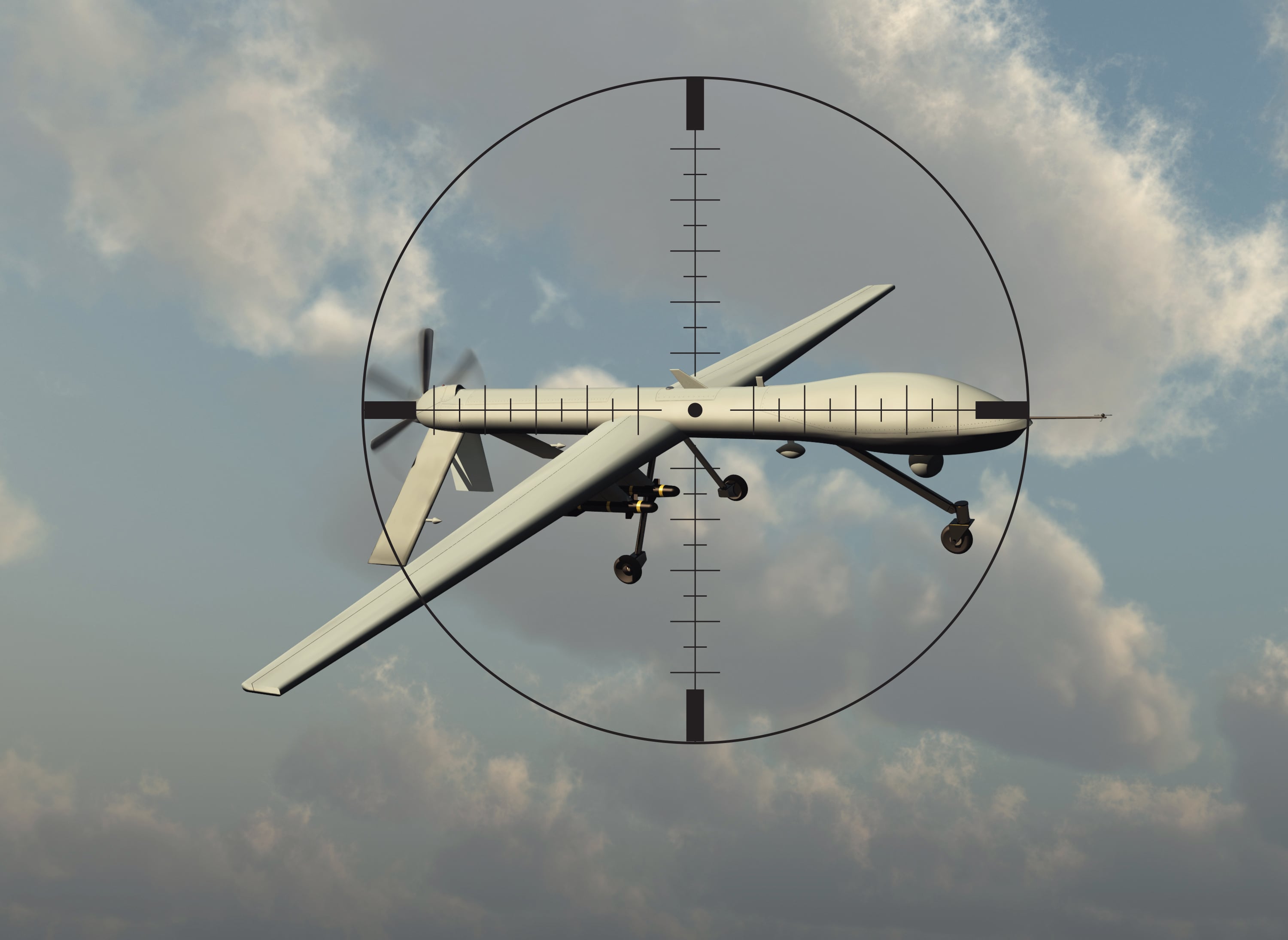With the amalgam of threats proliferating from small unmanned aerial systems — both from nation states and non-state actors — the Army is beginning to take steps at fielding countermeasures and aligning the formalization of integrating them into units.
The most recent example is the fielding of the counter-UAS mobile integrated capability, or CMIC, which was tested during the Army Warfighting Assessment 17.1 over the fall.
Briefing the development, fielding and exercising of the system at the Associated of the U.S. Army's Global Force Symposium in Huntsville, Alabama, on Monday, Maj. Gen. Terrence McKenrick, commanding general of Joint Modernization Command, explained in broad terms four lines of counter-UAS efforts into which the Army is looking:
- Mission command: understanding how to integrate solutions into the force and make it effective.
- Detection: the ability to use radars and sensors to detect the threat of low, slow and small UASs.
- Determination: making the decision whether or not these UASs are a threat, friendly or unknown, and understanding how to respond accordingly.
- Defeat: being able to neutralize threatening UASs.
Regarding the latter, McKenrick, said there are a variety of efforts the Army is undertaking to defeat mechanisms. One is getting "left of launch," or ensuring the device does not get airborne. McKenrick highlighted non-kinetic means of accomplishing this such as leveraging cyber and electronic warfare capabilities to take out ground control stations prior to UAS launch.
McKenrick noted that at the war-fighting assessment exercises and other similar endeavors, there has been an increase in the level of offensive and defensive cyber capabilities.
In briefing the specifics of the CMIC, McKenrick discussed components and capabilities, including a TPQ-50 counter-mortar radar to detect and track UASs in the air; an air defense airspace management component to act as the mission command tool allowing airspace management of all systems (friend and foe); a lightweight laser designator radar to identify if a UAS is friend or foe; and an EW surrogate system and lethal miniature aerial munition both used to take out a UAS.
McKenrick noted that as part of the Army Warfighting Assessments, and what will be called Joint Warfighting Assessments going forward, integration of these types of systems helps the service to evaluate how to apply new technologies to force missions.
The CMIC was fielded to a scout platoon during the exercise, and as a result the Army determined that the scout platoon was not as effective in having to provide the balance of counter-UAS and reconnaissance tasks, which is what it typically does.
The recommendation coming out of the exercise, McKenrick said, is to field this system to fire-support teams or forward artillery observers as opposed to scout platoons.
In the last couple of exercises, the system has also been mounted to all-terrain mine-resistant, ambush-protected vehicle and Strykers. For the next Joint Warfighting Assessment, McKenrick said the service will integrate a 5-kilowatt laser into the CMIC, which will increase its defeat mechanism.
Based upon operational needs statements, McKenrick said this capability is already being fielded out to forces deployed overseas and is being readied to deploy to the European theater. Part of the development of the Army’s counter-UAS capabilities have been informed from the AUSA-conducted study on Russia's new-generation warfare, based on observed Russian employment of systems in Ukraine.
Mark Pomerleau is a reporter for C4ISRNET, covering information warfare and cyberspace.








